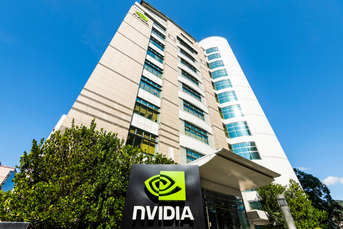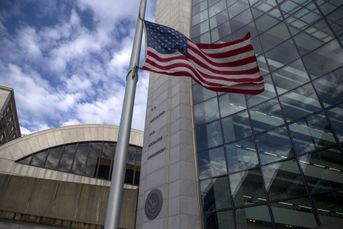King of dividends? Financial sector no longer tops
U.S. investors who used to rely on financial stocks for dividends can turn to an unlikely successor: information technology
U.S. investors who used to rely on financial stocks for dividends can turn to an unlikely successor: information technology.
In the third quarter, companies in the IT industry eclipsed financials in terms of total dividend payouts for the first time. The change is striking because IT companies generally have held on to cash so that they could reinvest it in research and development or make acquisitions.
Now facing pressure from yield-starved shareholders, firms such as Cisco Systems Inc. and Microsoft Corp. are choosing to disburse some of that cash by introducing or in-creasing dividends.
“Tech has excess cash and the ability to pay, whereas financials will take a long time to get back to where they were,” said Howard Silverblatt, a senior index analyst at Standard & Poor’s.
IT stocks accounted for 9.2% of the almost $210 billion in dividends paid out as of Oct. 7, compared with 8.9% for financial stocks, according to data compiled by S&P. In 2007, before the recession, financial stocks made up 30% of dividends, and IT was responsible for 5.7%.
Companies in the IT sector are also maturing, which means cash flow has risen and capital needs have fallen, said James Meyer, chief investment officer of investment management firm Tower Bridge Advisors, whose typical clients have $1 million or more in investible assets.
As of Oct. 6, 73 stocks in the S&P 500 paid dividends exceeding the average corporate-bond yield of 3.6%, more than at any time in at least 15 years, data compiled by Bloomberg and Bank of America Corp. show. The average yield for a stock in the IT industry that pays dividends is 1.9%, compared with 1.4% for a financial stock, based on data from S&P.
REDUCED PAYOUTS
Many financial companies reduced or eliminated their payouts because they accepted funds from the Troubled Asset Relief Program and are concerned about meeting certain capital requirements before paying them again, said Jeff Rubin, director of research at Birinyi Associates Inc., a money management and research firm.
Low interest rates on fixed-income investments are also fueling the hunt for higher yields.
Clients are seeking dividend-paying stocks of high quality “that they can go to sleep with at night,” said Hank Smith, chief investment officer of Haverford Trust Co., which manages about $6 billion. Haverford’s Quality Growth Portfolio, which has about $3 billion invested in dividend-paying companies, allocates 21% to technology stocks and 13% to financials.
TELECOMMUNICATIONS YIELDS
Although more IT stocks are paying dividends, investors should remember that they still pay less than other industries, Mr. Rubin said.
Telecommunications and utilities offer the highest yields at 6.1% and 4.5%, respectively. And banks may start paying higher dividends next year, Mr. Rubin said.
Helen Modly, a fee-only financial planner at Focus Wealth Management Ltd., said that she is adding dividend exchange-traded funds to portfolios for the first time because of clients’ requests for yield. She said that she prefers the SPDR S&P Dividend ETF, which has returned about 13% this year, and the Vanguard Dividend Appreciation ETF, which has returned about 7%, because they are less risky than owning individual stocks.
The SPDR S&P fund, which yields 3.3%, attracted $1.36 billion in new inflows during the first eight months of the year, said Jim Ross, global head of ETFs at State Street Global Advisors. The greatest allocation in the fund is to utilities, at 21%.
In one of The Vanguard Group Inc.’s actively managed dividend funds, the Equity Income Fund, IT has increased to 8% of assets, from 2%, said spokeswoman Linda Wolohan.
This month, Fidelity Investments changed the benchmark for its Strategic Dividend and Income Fund to the MSCI USA High Dividend Yield Index, from the Russell 3000 Value Index, to increase yield, said Chris Sharpe, co-portfolio manager of the fund.
The move resulted in holdings in the financial industry dropping and IT increasing. As of June 30, the MSCI index had 3.5% in financials, compared with 30% in the Russell index, and IT had 5.8%, compared with 5% in the Russell index, according to Fidelity.
TAX IMPLICATIONS
For investors who opt to put money in dividend-paying stocks, there are tax implications to consider.
Many dividends have been taxed at a federal rate of 15% since 2003. Next year, if Congress doesn’t act, they may be taxed as ordinary income, at a rate as high as 39.6%.
Learn more about reprints and licensing for this article.








